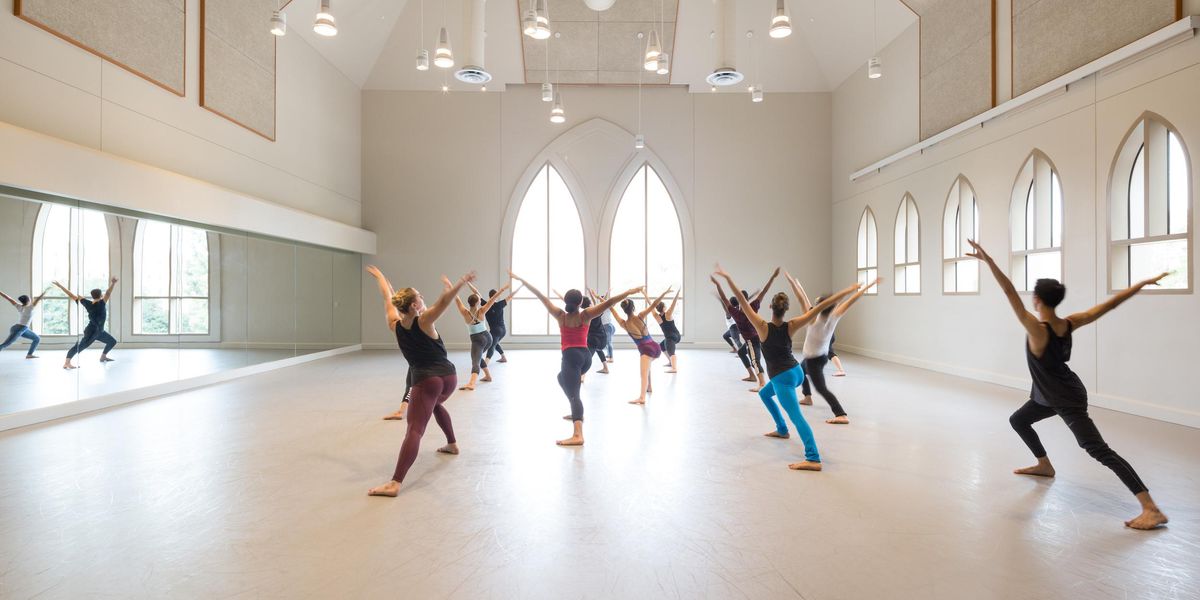In Training: High School or Home School?
Decide which is best for you.
Cara Marie Gary, here in Joffrey’s Romeo & Juliet, took AP courses and worked on yearbook. Photo by Cheryl Mann, courtesy Joffrey Ballet.
For most pre-professional dancers, it seems as though there are never enough hours in the day to get everything done. Your training may feel like a full-time job, but you have full-time high school to worry about, too. Balancing these responsibilities can become stressful, especially if you worry about it having an impact on your dancing during pivotal training years.
Many dancers consider abandoning high school for nontraditional alternatives, like cyber-school or home schooling. These options allow dancers to have a flexible schedule and fit in more dancing, but can come with academic and social sacrifices. How you tackle your education should reflect your personal goals and the circumstances of your training.
To Leave or Not To Leave
Your decision may come down to the demands of your dance program. At The Washington School of Ballet, director Kee Juan Han says most local students in the professional training program attend regular high school and work with their academic advisors so they can be at their first ballet class at 2 pm. (At some high schools, studio hours can stand in place of gym, art or music credits.) Out-of-town students at TWBS who are high school juniors and seniors take online courses. Regardless of the situation, Han works with parents to ensure students are meeting academic standards. If there is a concern, the dancer isn’t allowed to take class until her grades improve. He remembers one student whose parents insisted on straight A’s. “I supported it,” says Han, adding that the student is now dancing with Boston Ballet.
OBT’s Paige Wilkey chose to finish high school online. Photo by James McGrew, Courtesy OBT.
When Paige Wilkey, now an apprentice with Oregon Ballet Theatre, left Los Angeles to study at Boston Ballet School during her junior year, she opted to finish her studies online because the cross-country move had already been a huge commitment to her dancing. “It was nice to be able to have dance as the main focus and have school work around it as opposed to the other way,” says Wilkey, who feels she was able to improve more when dance became her number one priority.
Wilkey took the same classes any high school student would, but completed them while working at home or at a coffee shop a few hours a day. And though subjects like British literature, creative writing and calculus were challenging, her teachers were available through e-mail or Skype. One bonus? When a big performance was coming up, she could reschedule her online tests.
Home-School Challenges
Beyond the dance world, there has been much discussion about how an independent or home-school environment can affect teenagers’ social development. The adolescent years are an important time for “separation and individuation,” says Brian Goonan, a sports psychologist at Houston Ballet Academy. When you don’t physically go to school, “what can happen is the dance part of the identity becomes almost too central.” This can affect your ability to see yourself as a whole person, and appreciate the many facets of who you are, rather than only as a dancer.
You’re also missing out on a built-in support system where a community of students are focusing on the same tasks. “Your friends are in the same classes and everything is due at the same time; you’ve got the same science test tomorrow, and everybody is studying for it,” he says. If you’re studying independently, try to find support in peers who are doing the same. And if you’re away from home, it’s especially important to find active adult mentors to help you stay on track.
Making High School Work
Perhaps your parents insist on traditional high school or you don’t want to give up the chance to have a “normal” teenage experience, with prom and football games. It’s possible to do it all. Joffrey Ballet dancer Cara Marie Gary went to high school while studying at International Ballet Academy in South Carolina. Despite her rigorous training schedule, she took advanced-placement courses and worked on the yearbook, while preparing for competitions like Youth America Grand Prix. And though she trained with girls who were homeschooled, she never fell behind. “I felt like we were equally coached and equally trained,” she says.
Gary admits that balancing high school and dance wasn’t easy. “I had flash cards in my ballet bag and pointe shoes in my backpack,” she says. But tackling both academics and ballet taught her how to focus and work hard. In May 2014, she graduated with a BA in business administration from North Greenville University while dancing with the Joffrey. “I think having a hard high school and dance load contributed to where I am now.”




